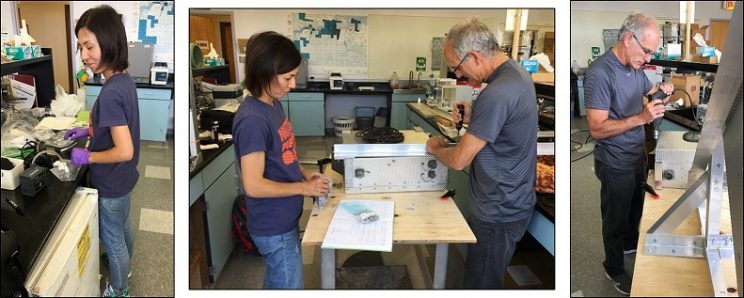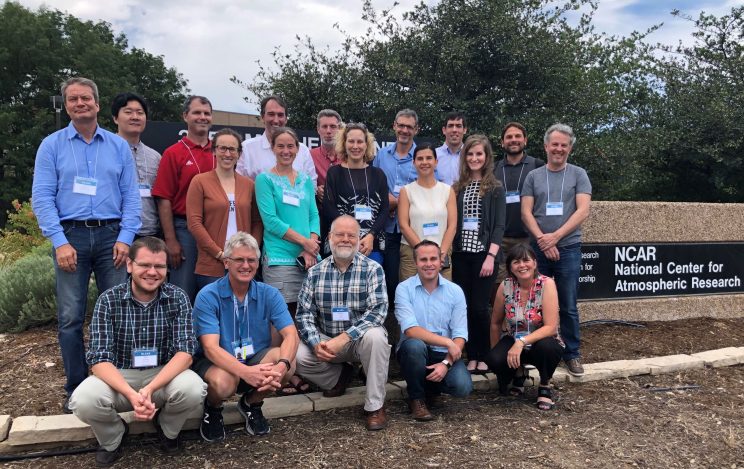ASMD
A paper that HyunCheol Kim co-authored, entitled “Contrasting synoptic weather patterns between non-dust high particulate matter events and Asian dust events in Seoul, South Korea” is now available online from Atmospheric Environment. A second paper co-authored by Dr. Kim, titled “Detection of strong NOX emissions from fine-scale reconstruction of the OMI tropospheric NO2 product,” was just accepted for publication by Remote Sensing.
From August 5-11, Paul Kelly, Akane Yamakawa, and Winston Luke installed mercury detection equipment at the University of Montana in Missoula in preparation for the FIREX-AQ project. The focus of the project is the measurement of atmospheric mercury species released from grassland and forest fires in the region. Due to a number of scientific, engineering, and logistical problems, Paul Kelly and Winston Luke will remain in Montana through the week of August 12 to try to remedy the issues and ensure accurate mercury measurements.
ATDD
Tilden Meyers attended the 2019 Global Land/Atmosphere System Study (GLASS) Panel Meeting from August 6-8, 2019 in Boulder, Colorado. Dr. Meyers and colleague Dave Turner of NOAA’s Earth System Research Laboratory were invited to participate in this invitation-only meeting as a result of their work coupling land-atmosphere processes. GLASS is one of four panels of the World Climate Research Program’s Global Energy and Water Cycle Exchanges (GEWEX). It is volunteer- and community-based, and focuses on land surface model development and evaluation in the areas of benchmarking, land-atmosphere coupling, and model-data fusion.



